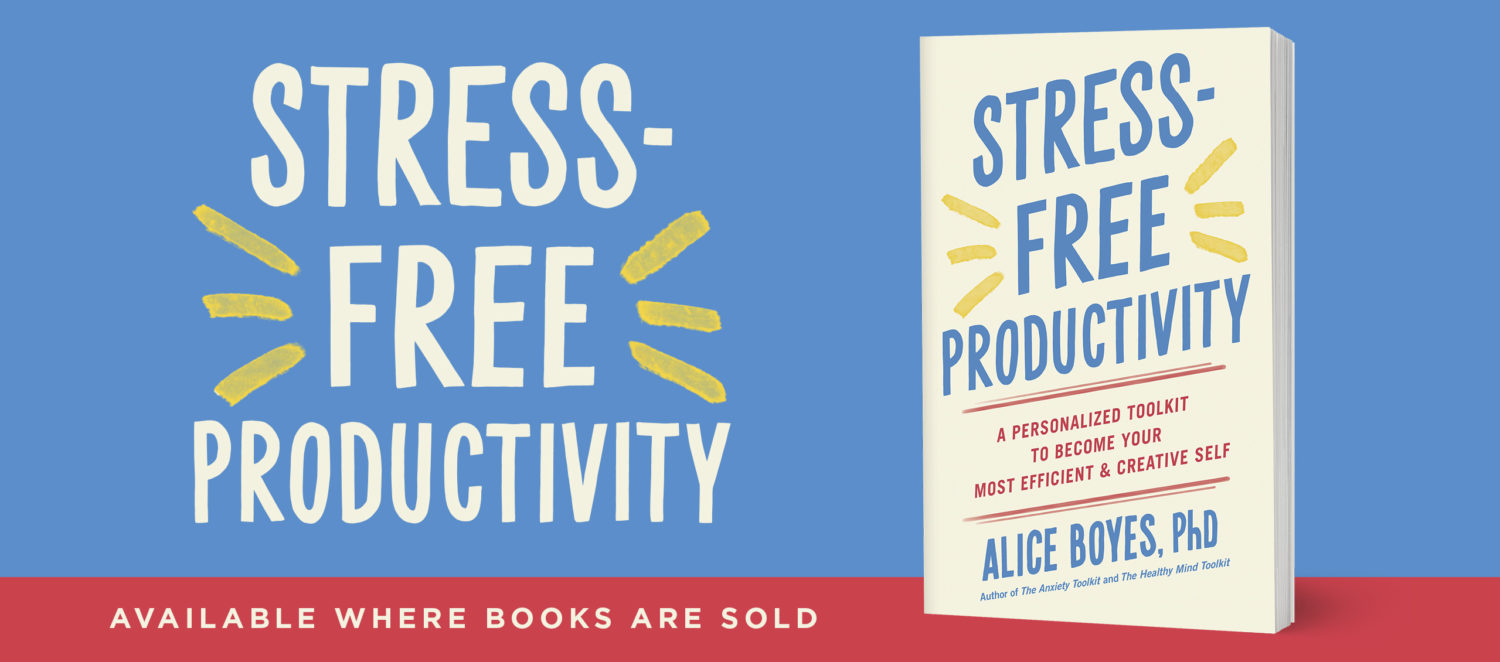Happiness: How to Cut Out the Middleman
Most of the time when people set goals, its because they expect that if they achieve that goal it will make them happier.
For example, you have a goal of earning more money > because you expect earning more money will make you happier.
The problem is that people lose sight of the fact their real goal is increasing their happiness. And, as a result people can end up pursuing their intermediate goals in ways that do not make sense.
A Holy Grail in Psychology?
Here’s a problem that research psychology PhDs are trying to figure out solutions to.
Its called “Hedonic Adaptation.”
Research findings have shown that when good things happen to people, their increase in happiness is usually only temporary.
Let’s say you get a raise from $60,000 a year to $70,000. You’re likely to feel happier for awhile but then habituate to (get used to having) the extra money and revert back to your previous level of happiness.
This even happens when people get married. When people get married, the boost to happiness typically last about 2 years and then people slide back to their previous happiness level.
So, a holy grail is finding ways that people can increase their happiness in a sustained way.
Increasing your “Resting Happiness Rate”
The way I think about this is that an important goal is to help people find ways to increase their “resting happiness rate” – a word play on “resting heart rate” – meaning your baseline happiness level when nothing in particular is going right and nothing in particular is going wrong.
What I’m trying in my own life
I thought people might be interested in what I’m trying in my own life.
A few months ago I did a happiness tracking study (info here, free). As a result, I know what my average mood is (based on making 3 quick ratings a day, at random times, over a period of a month).
I’ve elected to take the happiness tracking study again in 6 months (this is one of the options you get when you complete the initial 30 days).
My current goal is to increase my “resting happiness rate” by 1/4 – 1/2 a point, on a 10 point scale. This is a modest goal but I am already pretty happy.
Another factor I’m considering in setting my goal is that I took the survey during early summer in New Zealand, so next time I take it will be in winter. I’m prone to seasonal affective symptoms in late fall/winter so even if I only maintain my summer mood level in winter, it would be an achievement.
Choosing Goals and Making Choices Based on Producing a Higher “Resting Happiness Rate”
Instead of thinking about goals in the usual way, I’m working on goals that are likely to DIRECTLY increase my resting happiness rate.
For example, my 30 day mindfulness meditation project. If you want to see how its going you can view my once-a-day update on the blog fan page on Facebook.
What are the Types of Activities that are Likely to Increase Your “Resting Happiness Rate”?
The best way to learn is probably by reading The How of Happiness: A New Approach to Getting the Life You Want.
Some Good Happiness Strategies Include:
– physiologically calming down through regular exercise and/or mindfulness mindfulness.
– developing a mildly optimistic/positive thinking style. For example, through Cognitive Behavioural Therapy techniques or gratitude (there’s even an app for that)
– reducing sources of stress to the extent possible
I’d encourage you to also take a look at this list to start thinking more about the full spectrum of positive emotions you have an opportunity to cultivate in your life.
A Couple of Other Ways I’m Applying the “Resting Happiness Rate” Concept in my own life
– I’m keeping in mind my resting happiness rate goal when I make activity choices during the day.
I’m asking myself questions like
“Is this activity consistent with my increasing resting happiness rate goal, or isn’t it?”
“What activity choice would be most consistent with my resting happiness rate goal?”
“What way of approaching the activity I’m doing would be most consistent with my resting happiness rate goal?”
– I’m reevaluating some of my career related goals by asking myself questions about what effect achieving various different types of goals is likely to have on my resting happiness rate. This hasn’t resulted in my goals changing dramatically (so far!) but has resulted in quite a big shift in how I’m thinking about some of my goals and how best to pursue them. Just by shifting perspective, I’m finding some new ways to make both the process of achieving the goal and the objective of achieving the goal consistent with higher resting happiness.




